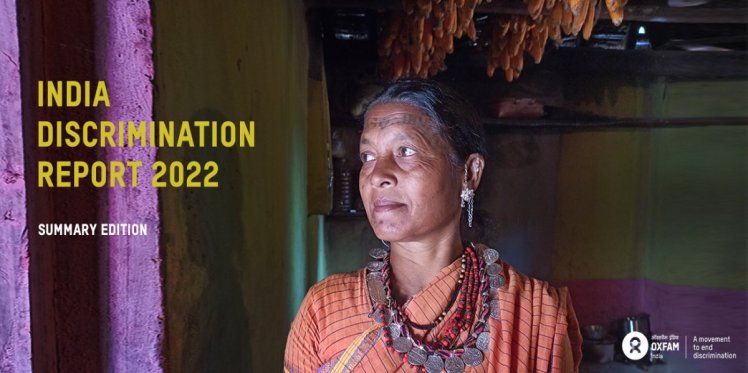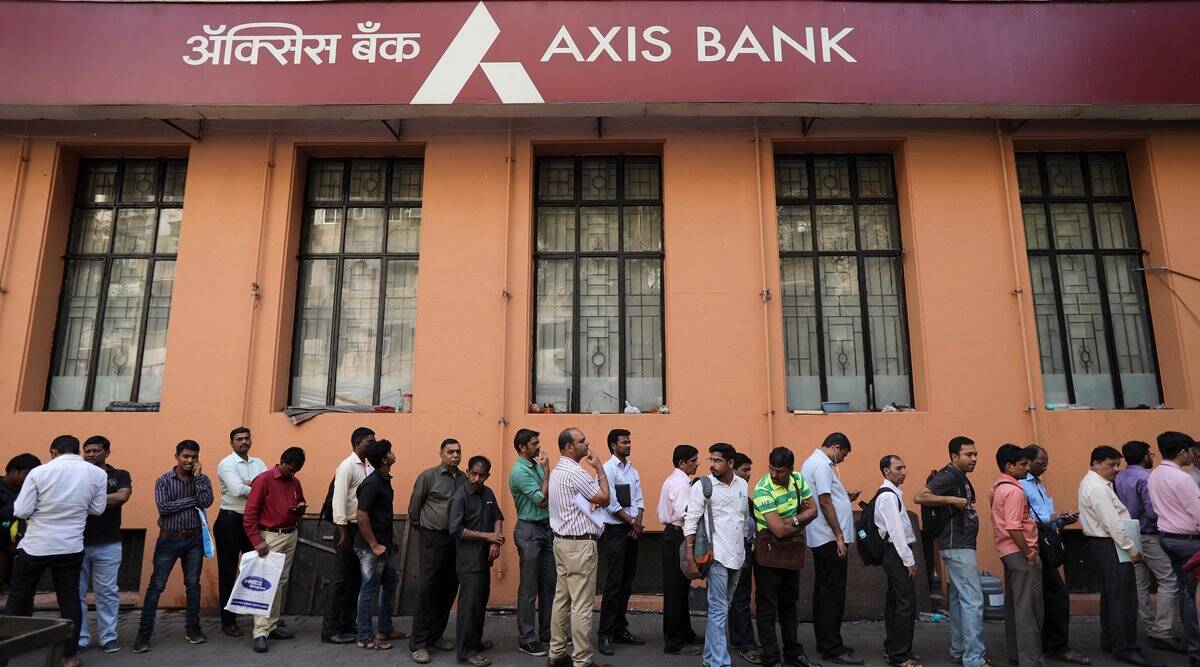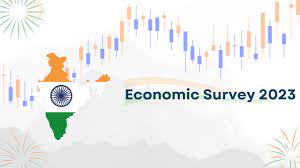India Discrimination Report 2022: Oxfam India
Context: Oxfam discrimination report: Why women and marginalised communities earn less in India
Key Highlights:
-Indian women face discrimination in the job market and earn less than men even when they have the same qualifications and experience.
-Gender Discrimination accounts for over 90% of employment and earning gap between males and females
-Marginalized communities SC/ST, tribespeople and members of the Muslim community also face discrimination.
-Self-employed SC/STs earn Rs5000 less than non-SC/STs.
-Non-Muslims earned 7,000 rupees more than Muslims
FLFP: According to Indian government data, in 2020-21 women made up only 25.1% of the labour force (from 42.7% in 2004-05)
Reasons for discrimination:“Societal and employers’ prejudices” is responsible for women’s lower wages.
-A large segment of well-qualified women not “wanting” to join the labour market because of household responsibilities or social status.
-Poor access to education or work experience
-Recommendations:Incentivise participation of women in the workforce, upskill, safety, flexible workspace (including work from home)
-More equitable distribution of household and care work
-Implement “Living wages” as opposed to minimum wages
-A minimum wage is the lowest amount a worker can be paid hourly as determined by law. A living wage is an amount an individual or family would need to make to avoid living in poverty. This amount is usually higher than the minimum wage and is not mandated by law.
About Oxfam International
Oxfam is a global movement of people who are fighting inequality to end poverty and injustice. It was formed in 1995 by a group of non-governmental organisations to share knowledge and resources and combine their efforts in the fight against poverty, injustice and inequality.




.jpg)
.jpg)
.jpg)
.jpg)
.jpg)

.jpg)



